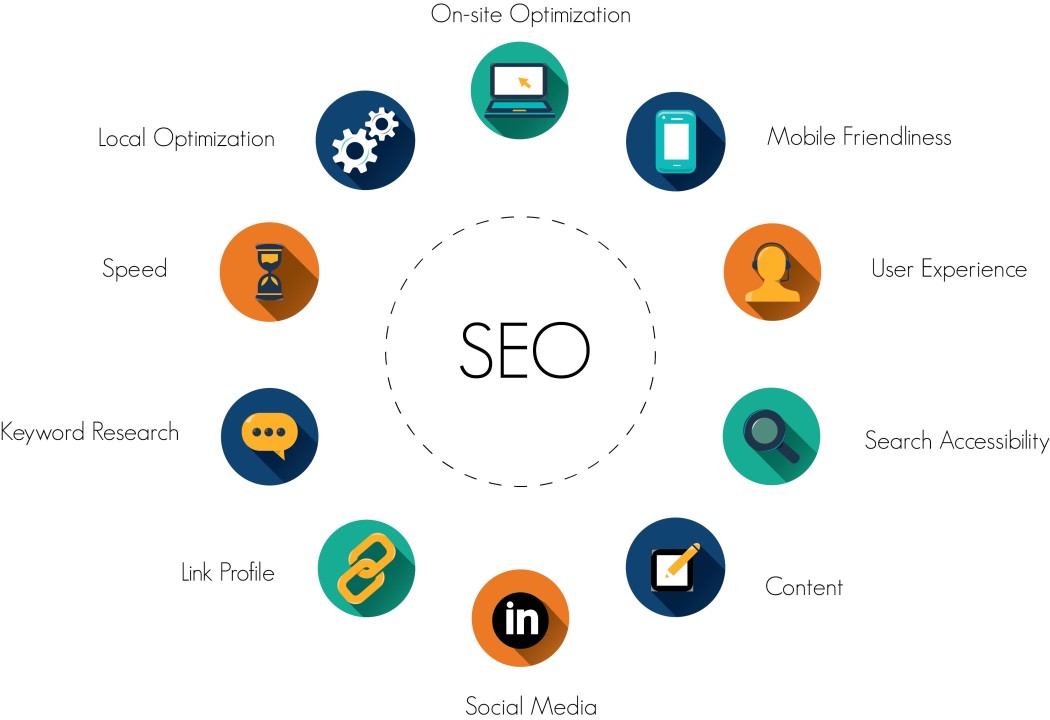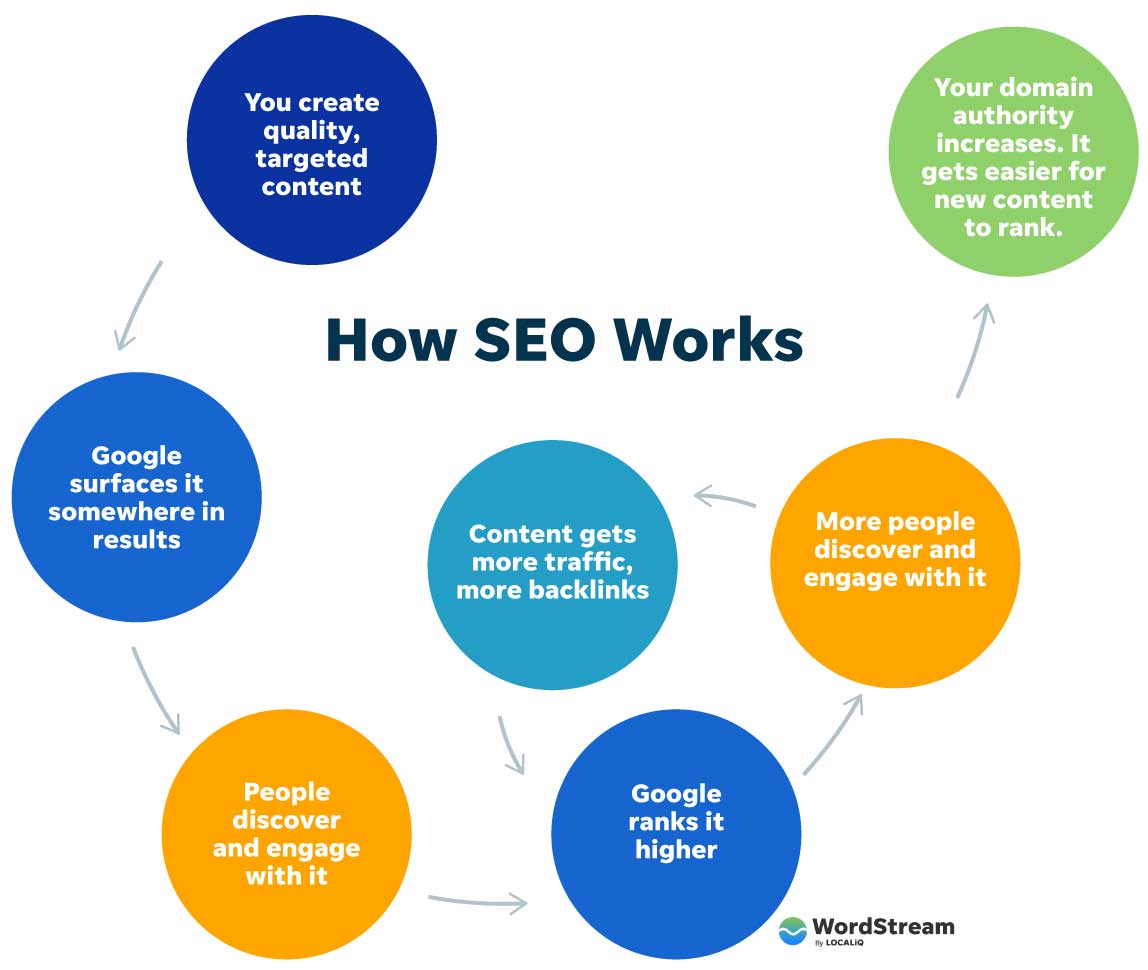A Detailed Look at What Is Not Considered a Default Medium in Google Analytics
A Detailed Look at What Is Not Considered a Default Medium in Google Analytics
Blog Article
Assuming Outside package: Leveraging Non-traditional Tools to Maximize Google Analytics Efficiency
In the world of digital marketing, the mission for enhanced Google Analytics performance has actually come to be a tactical imperative for companies seeking to improve their online visibility. Typical methods commonly fall short in recording the complete spectrum of client communications and habits. Nevertheless, by checking out non-traditional tools as opportunities of information collection, a brand-new world of opportunities arises. These uncharted areas provide a wealth of untapped understandings that might possibly revolutionize the means we recognize and maximize our electronic methods.
Distinct Data Sources

CRM systems, as an example, can supply insights right into individual customer communications, acquisition background, and choices, which can be incorporated with Google Analytics information to develop more customized advertising methods. Social media site platforms supply valuable data on customer demographics, interests, and engagement metrics, enabling organizations to determine the efficiency of their social networks projects and enhance content for better efficiency. Email marketing information, consisting of open prices, click-through prices, and conversion metrics, can additionally be leveraged to track user involvement and habits beyond web site communications recorded by Google Analytics. By leveraging these special data resources, businesses can improve their approaches, boost targeting initiatives, and enhance overall Google Analytics efficiency.
Social Network Insights

Additionally, social media sites analytics tools allow companies to track essential efficiency indications, monitor campaign effectiveness, and gauge the impact of their online activities. Recognizing the demographics of followers, determining preferred content motifs, and assessing engagement degrees can help organizations customize their advertising and marketing strategies for better results.
Offline Advertising Integration
Incorporating offline advertising and marketing strategies with electronic analytics can enhance total project efficiency and provide a more comprehensive understanding of consumer actions. what is not considered a default medium in google analytics. By linking the space in between online and offline efforts, companies can track the impact of conventional advertising and marketing channels such as print advertisements, TV commercials, direct-mail advertising, and events on their online visibility

Furthermore, carrying out phone call monitoring systems for offline advertising and marketing tasks makes it possible for services to capture beneficial data on consumer queries created with published products or advertisements (what is not considered a default medium in google analytics). By assessing phone call information along with on the internet metrics in Google Analytics, companies can acquire deeper insights right into the client trip and maximize advertising strategies for improved performance across all networks
IoT and Wearable Technology
Using IoT and wearable modern technology in electronic analytics can transform information collection and customer understandings for services looking for a deeper understanding of user actions patterns. These innovative modern technologies use a seamless way to collect real-time data from different touchpoints. IoT tools can track customer communications with solutions or products, giving useful information on use patterns and preferences. Wearable innovation, such as smartwatches or fitness trackers, can use understandings right into customer activities, health metrics, and also area data.
Gamification Techniques
The execution of gamification techniques in digital analytics offers a cutting-edge approach to improving individual engagement and driving actionable insights for businesses. By including game-like components such as points, badges, leaderboards, and rewards right into the analytics interface, business can inspire individuals to communicate more often and meaningfully with the information.
Gamification motivates customers to discover different features of the analytics system, uncovering important understandings that could have or else gone undetected. Through interactive difficulties and progression monitoring, users are incentivized to dive deeper into the information, causing raised time invested in the system and a greater possibility of finding crucial trends or patterns.
Moreover, gamification can cultivate a feeling of competition amongst individuals, stimulating them to pursue greater efficiency and engagement degrees. This affordable spirit can drive increased individual fostering rates and a much more extensive use of the analytics tools available. Ultimately, by leveraging gamification techniques in electronic analytics, businesses can develop a more efficient and appealing recommended you read atmosphere for customers, causing even more informed decision-making and enhanced overall efficiency.
Conclusion
To conclude, leveraging unconventional tools such as distinct data resources, social media understandings, offline marketing assimilation, IoT and wearable technology, and gamification approaches can enhance Google Analytics efficiency. By believing outside the box and discovering these different sources of information, organizations can obtain beneficial understandings and improve their general advertising and marketing approaches. It is necessary for firms to constantly explore new ways to gather data and assess it in order to remain ahead in the ever-evolving electronic landscape.
By incorporating information from sources such as customer relationship administration (CRM) systems, social media systems, and email advertising and marketing campaigns, companies can get a much more extensive understanding of their target market habits and interaction patterns. Social media platforms provide beneficial data on user demographics, passions, and interaction metrics, allowing organizations to determine the efficiency of their social media projects and optimize content for much better performance. By leveraging these special information sources, businesses can fine-tune their techniques, boost targeting initiatives, and improve total Google Analytics efficiency.
Exploring social media insights can supply businesses with beneficial data on user demographics, interests, and interaction metrics, allowing for informed decision-making and strategic optimization of marketing efforts. By assuming outside the box and discovering these different resources of data, businesses go to my site can obtain important insights and enhance their general advertising strategies.
Report this page